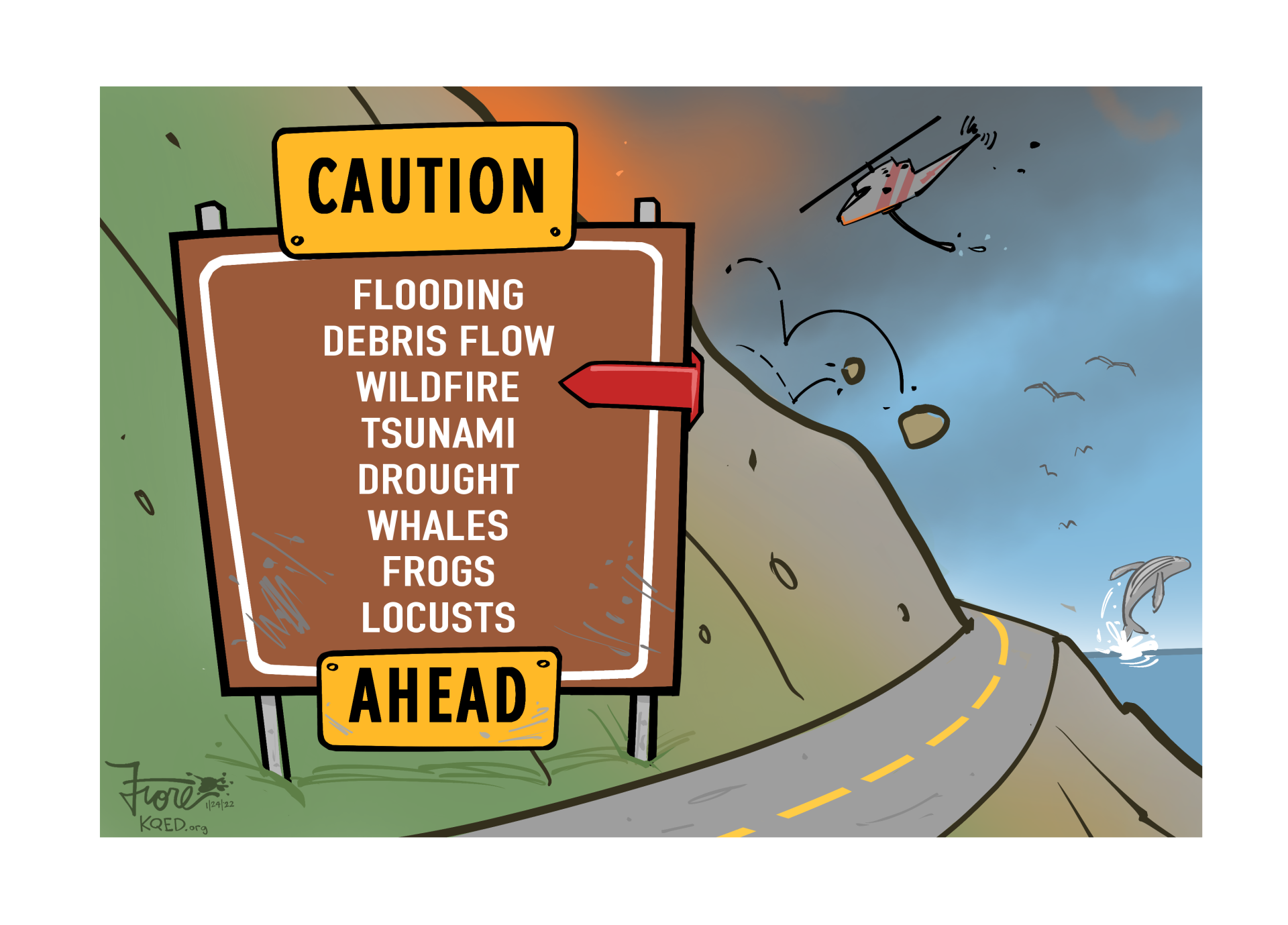
LA Under Fire: Deconstructing California's Unprecedented Winter Wildfire
Introduction
In a stark departure from seasonal norms, California has been engulfed in a devastating winter wildfire event, unprecedented in scale and scope. Dubbed "LA Under Fire," this inferno has ravaged vast swathes of land, leaving behind a trail of destruction, displacement, and unanswered questions.
The Flames' Fury
Fueled by drought-parched vegetation and relentless Santa Ana winds, the fire complex has scorched an astonishing 1 million acres. Driven by extreme fire behavior and intense ember casting, the flames have consumed everything in their path, incinerating homes, businesses, and critical infrastructure.
Human Toll and Displacement
The human toll has been immense. Countless lives have been lost, with hundreds more injured. Entire communities have been forced to evacuate, seeking temporary refuge in shelters and evacuation centers. The displacement crisis has strained local resources, leading to shortages of food, water, and essential supplies.
Meteorological Anomalies and Climate Change
The unprecedented nature of LA Under Fire has raised questions about the role of climate change in fueling its ferocity. Experts point to a combination of factors:
- Extreme drought: California has been experiencing a persistent drought for several years, leaving vegetation tinder-dry and highly flammable.
- Strong Santa Ana winds: These downslope winds from the mountains exacerbate fire behavior, fanning flames and rapidly spreading the inferno.
- Climate change: Rising temperatures and altered precipitation patterns create conditions conducive to larger, more frequent, and more intense wildfires.
Perspectives and Controversies
LA Under Fire has ignited a debate about wildfire management strategies and the role of humans in exacerbating these events. Some argue for a focus on fuel management, such as prescribed burns and vegetation clearing, to reduce wildfire severity.
Others advocate for a shift towards climate change mitigation measures, such as reducing greenhouse gas emissions and investing in clean energy. Such actions aim to address the root causes of increased wildfire frequency and intensity.
Response and Recovery
Government agencies, nonprofits, and volunteers are working tirelessly to contain the wildfires and assist affected communities. Firefighters face extreme conditions and risk their lives to protect lives and property.
Recovery efforts will be protracted, involving rebuilding damaged infrastructure, providing housing, and addressing the mental health impacts on survivors. The long-term implications of these wildfires on the region's economy, environment, and social fabric remain to be fully understood.
Conclusion
LA Under Fire serves as a stark reminder of the devastating consequences of wildfires and the urgent need to address climate change and improve wildfire management practices. The complexities and controversies surrounding this event highlight the importance of collaboration, scientific research, and a comprehensive approach to mitigate the risks and prepare for future wildfire threats.
As California rebuilds and recovers, lessons learned from this unprecedented disaster will guide policymakers, emergency responders, and all stakeholders towards a more resilient future. The fight against wildfires is an ongoing battle, but by working together and embracing evidence-based solutions, we can strengthen our communities and safeguard our environment.
Comments
Post a Comment